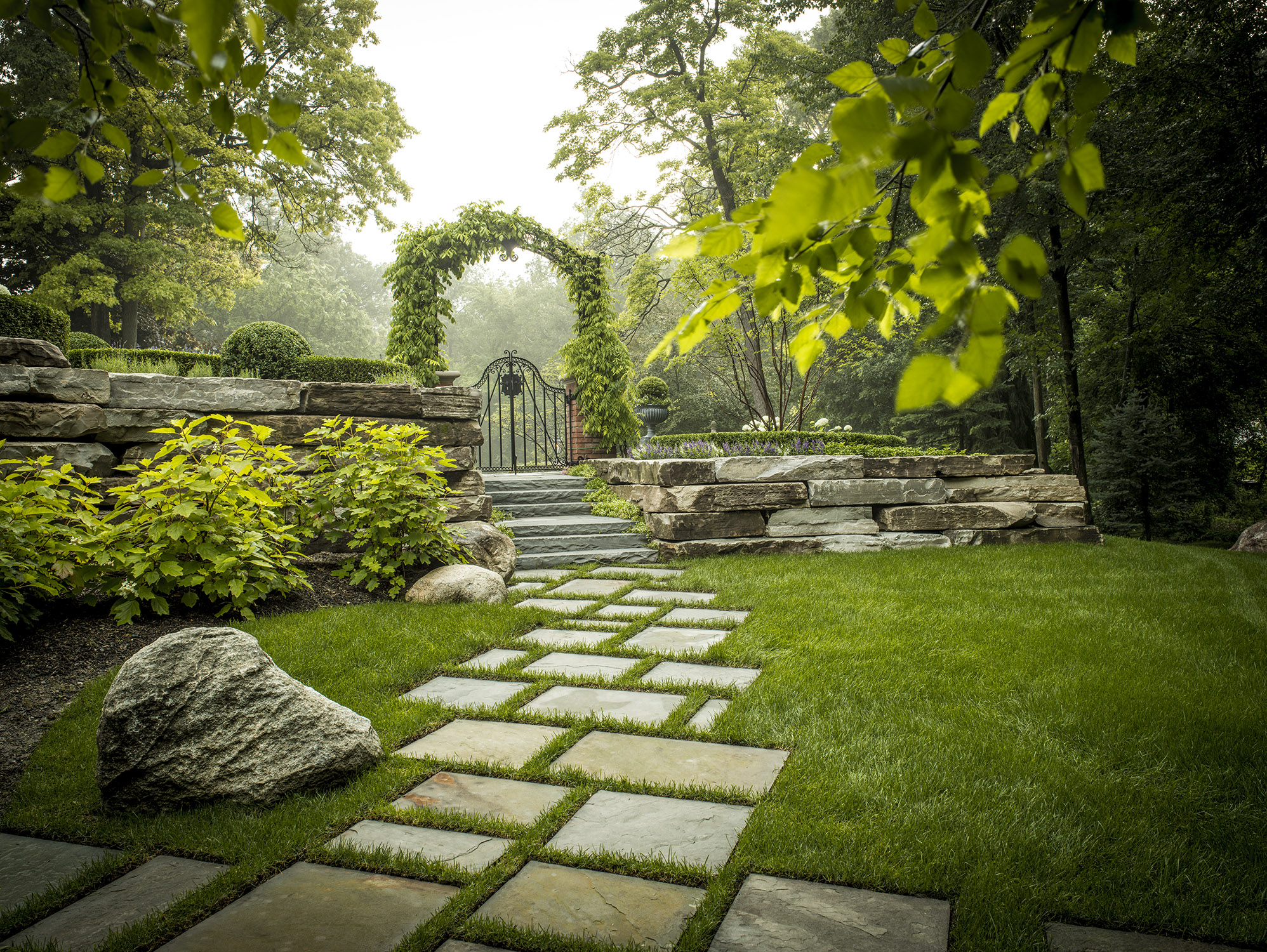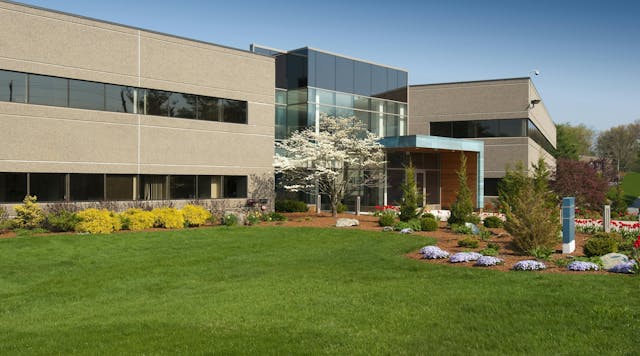Some Known Details About Hilton Head Landscapes
Some Known Details About Hilton Head Landscapes
Blog Article
The 9-Minute Rule for Hilton Head Landscapes
Table of ContentsThe 5-Minute Rule for Hilton Head LandscapesEverything about Hilton Head LandscapesThe Of Hilton Head LandscapesThe Buzz on Hilton Head LandscapesSee This Report on Hilton Head LandscapesHilton Head Landscapes Fundamentals ExplainedHilton Head Landscapes for Dummies9 Simple Techniques For Hilton Head Landscapes
Kind compatibility is also a major part of unity in designone or two noticeably different types are great for comparison and emphasis, yet normally all various other types should have some resemblances for a merged appearance. Structure describes just how coarse or fine the surface of the plant or hardscape material really feels and/or looks.
Instances of plants with crude appearance consist of philodendrons, agaves, bromeliads, hollies, hands, and hydrangeas. Qualities that develop great texture consist of small foliage; slim, strappy fallen leaves (yards) or tall, thin stems; small, thick twigs and small branches; long stems (creeping plants); and small, delicate blossoms.
Hilton Head Landscapes - Truths
Most plants are medium structure, in that they can not be defined as having either crude or great appearance. Medium-textured plants act as a history to link and unify the crude- and fine-textured plants.

To make a space really feel smaller, position the rugged appearances along the outer boundary and the great appearances closest to the viewer. The information of the coarse texture makes the plants appear closer and makes the room really feel smaller. The perceived structure of plants can also change with the range from the plant.
A Biased View of Hilton Head Landscapes
Vibrant shades increase the contrast and make the texture show up coarser, while low-key colors can flatten appearance. Hardscape with a coarse texturesuch as really rough rocks and strong, huge timberstends to make all plant product appear extra medium textured. Developers commonly establish a structure study (Figure 8) on paper to help determine the arrangement of plant materials.
Color in plant material and hardscape includes passion and selection to the landscape. Shade is the most noticeable element in the landscape and is generally the focus of most home owners; however, it is also the most short-lived aspect, generally lasting just a couple of weeks a year for specific plants.
Hilton Head Landscapes Can Be Fun For Everyone
A basic summary of the shade wheel consists of the 3 primaries of red, blue, and yellow; the three additional colors (a mix of two primaries) of environment-friendly, orange, and violet; and 6 tertiary colors (a mix of one surrounding key and second shade), such as red-orange. Color concept explains the relationship of colors per various other and just how they need to be used in a make-up.

Analogous (occasionally called harmonious) color design are any kind of three to five shades that are adjacent on the shade wheel, such as red, red-orange, orange, yellow-orange, and yellow, or blue, blue-violet, and violet (Landscapers near me). The colors are related to each other because they generally include 2 primaries blended to form a second and 2 tertiary shades, which suggests they share usual properties
They tend to have high comparison between them. The most typical collections are violet and yellow, red and green, and blue and orange. Complementary shades are often found normally in flowers; a common set is yellow and violet. Shade is found in the blossoms, vegetation, bark, and fruit of plants.
All About Hilton Head Landscapes
Eco-friendly vegetation in all its various shades is the leading color by amount, but other colors catch interest much more easily because of their high contrast to the shade green. Color is likewise discovered in structures, rocks, pavers, timber, and furnishings. The majority of shades in all-natural materials, such as rock and timber, are generally soft and have a tendency to be variants of brownish, tan, and pale yellow.
Color is an important element for creating passion and range in the landscape. Shades have buildings that can influence emotions, spatial assumption, light top quality, balance, and emphasis. One property of color is explained relative to temperaturecolors seem amazing or cozy and can impact feelings or sensations. Trendy colors tend to be soothing and ought to be made use of in areas for leisure and tranquility.
Rumored Buzz on Hilton Head Landscapes
The "temperature level" of shades can likewise influence the understanding of distance. Cool shades often tend to recede and are regarded as being further away, making a space really feel bigger. Cozy shades often tend to breakthrough and are viewed as being more detailed, making a space feel smaller sized. Color can additionally be made use of to capture attention and direct views.
As an example, bright yellow, which has the highest intensity, additionally has a high comparison with all various other colors (frequently called a "pop" of shade) and ought to be made use of sparingly. A little quantity of extreme shade has as much aesthetic weight as a huge amount of a much more suppressed or weaker color.
Similar (occasionally have a peek at this website called unified) color pattern are any type of three to five colors that are surrounding on the color wheel, such as red, red-orange, orange, yellow-orange, and yellow, or blue, blue-violet, and violet. The colors belong to every various other due to the fact that they commonly include two primaries blended to form a secondary and two tertiary colors, which indicates they share usual buildings.
Some Known Details About Hilton Head Landscapes
Complementary shades are often located naturally in flowers; a typical set is yellow and violet. Color is found in the blossoms, vegetation, bark, and fruit of plants.
Environment-friendly vegetation in all its different tones is the dominant color by amount, however various other colors record attention quicker as a result of their high comparison to the shade environment-friendly - landscaping hilton head sc - https://hilton-head-landscapes.jimdosite.com. Shade is likewise found in structures, rocks, pavers, timber, and furnishings. A lot of colors in all-natural products, such as rock and timber, are usually soft and tend to be variants of brownish, tan, and light yellow
Hilton Head Landscapes Things To Know Before You Buy
Shades have residential or commercial properties that can influence emotions, spatial perception, light high quality, equilibrium, and focus. Trendy colors tend to be calming and need to be used in areas for relaxation and tranquility.
The "temperature" of shades can also impact the perception of distance. Amazing shades have a tendency to recede and are viewed as being further away, making a space feel bigger. Warm shades tend to advance and are viewed as being closer, making a room feel smaller sized. Shade can additionally be used to catch interest and direct views.
Bright yellow, which has the greatest strength, also has a high comparison with all other shades (commonly described as a "pop" of shade) and must be utilized moderately. A percentage of extreme color has as much visual weight as a large quantity of a much more subdued or weak shade.
Report this page